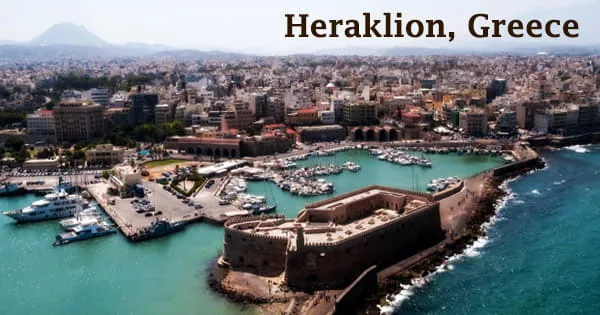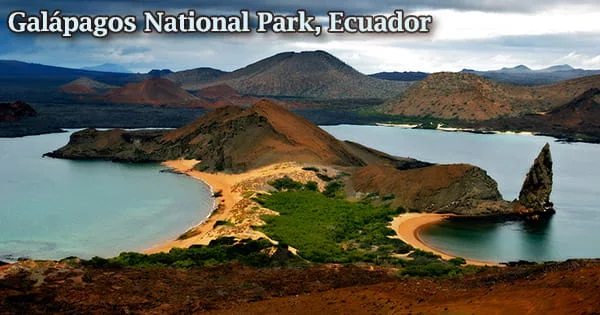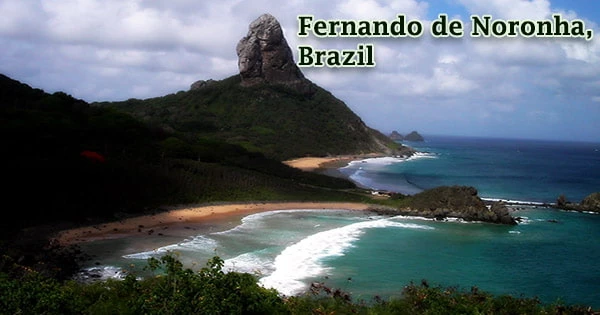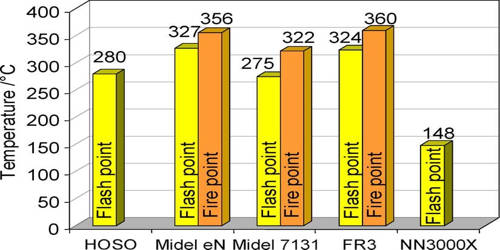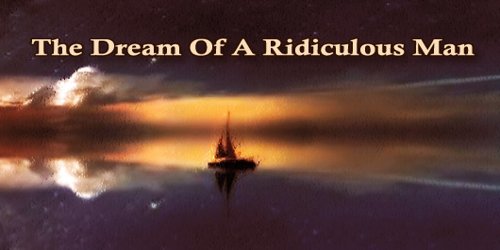Heraklion, Modern Greek Irákleio and Iráklion (/hɪˈrækliən/ hih-RAK-lee-ən; Greek: Ηράκλειο, Irákleio, pronounced: iˈraklio), also spelled Herákleion, historically Candia, is the biggest city and administrative capital of the island of Crete, as well as the capital of the Heraklion regional unit. It is located on the north shore of the island, along the Sea of Crete, just northwest of Knossos, the ancient Minoan capital. According to the 2011 census, it is Greece’s fourth biggest city, with a population of 211,370 (Urban Area).
Heraklion is the commercial heart of the island, with the main port and airport, and contains the governmental services and important scientific institutes of Crete. The name of the city comes from the old Roman harbor of Heracleum, which was most likely located on the same place. It received the Arabic name Khandaq (“Moat”) as the capital of Saracen Crete in the 9th century CE, which was distorted to Candia by the Venetians, to whom the island was surrendered in 1204. The Venetians erected an enormous system of walls surrounding the city, and most of it has survived.
Heraklion was listed as the 20th most visited region in Europe, the 66th most visited location on the planet, and the second most visited city in Greece in 2017, with 3.2 million tourists, and the 19th most visited city in Europe in 2018, with 3.4 million visitors, according to the ranking. After a 20-year siege, the city was surrendered to the Turks in 1669. Candia was known as Megalokastro during the lengthy Turkish occupation, which ended in 1897. The Turks allowed the port of Megalokastro to silt up, and Chaniá (Khaniá; formerly Canea), the future capital of Crete, took up Megalokastro’s previous commercial dominance.
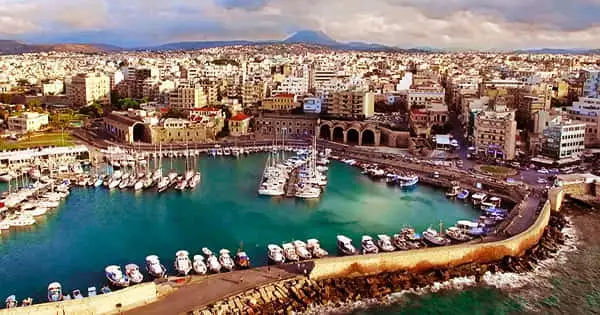
After a Greek insurgency (1897) demanding unity with Greece, Turkish rule came to an end. The city was part of the international protectorate of Crete from 1897 to 1913 before becoming a part of Greece. Heraklion is adjacent to the ruins of the palace of Knossos, which was the greatest population center on Crete during the Minoan period. From the beginning of the Early Minoan period, Knossos possessed a port at the location of Heraklion (at Poros – Katsambas district) (3500 to 2100 BC). The city was heavily bombed during the German airborne invasion of Crete in 1941 during World War II.
Heraklion, as well as the rest of Crete in general, fared poorly when the Minoans fell, with little growth in the area. Although some development began with the advent of the Romans, the area was rife with pirates and outlaws, especially early in Byzantine times. Several earthquakes, including those in 1664, 1856, and 1926, have wreaked havoc on the city’s structures and monuments, including many beautiful cathedrals and mosques. One of Greece’s best collections of Minoan artifacts is housed in a contemporary museum.
In the early 1900s, Heraklion was a scenic city with unique traditional Venetian and Ottoman monuments, as one of the most historically significant cities in the Mediterranean. Unfortunately, Heraklion deteriorated into a bustling cement-dominating city, losing almost all of its aristocratic splendor. The city was purchased by the Republic of Venice in 1204 as part of a convoluted political transaction that included the Crusaders of the Fourth Crusade returning the deposed Eastern Roman Emperor Isaac II Angelus to his throne, among other things.
Kandiye (Ottoman Turkish قنديه) served as the Ottoman capital of Crete (Girit Eyâleti) until 1849 when Chania (Hanya) took over and Kandiye became a sancak. Megalo Castro (Μεγάλo Κάστρο ‘Big Castle’) was the name given to it in Greek. Nonetheless, the harbor town servicing Knossos stood on the location of the contemporary port and the eastern suburbs of Poros and Katsambas for almost 2000 years. Heraklion joined the Kingdom of Greece in 1913, along with the rest of Crete. In 1971, Heraklion replaced Chania as the capital of Crete.
The estuary of the River Kairatos, which runs down from Knossos, has large residences, extensive workshop facilities, and opulent rock-cut cave and tholos tombs. Excavations have uncovered a large chunk of the town as well as a number of tombs. The recent finding of boathouses at the port town of Katsambas, near the Kairatos’ mouth, is significant.
Even today, visitors may receive a taste of the splendid image of the past, while residents can be astonished by Heraklion’s secret nooks and the stories that lie underneath them. Heraklion, as the area’s business hub, offers a plethora of businesses providing clothing, shoes, jewelry, and other items. A system of defensive walls, bastions, and other fortifications surround the medieval city center of Heraklion, which were erected earlier in the Middle Ages but were extensively restored by the Republic of Venice.
Its strong cultural life reflects its lengthy history and cosmopolitan culture throughout the year. A variety of cultural events, ranging from music and dance recitals to theatrical performances, lectures, and art exhibitions, are held in the city’s various private and public spaces.
